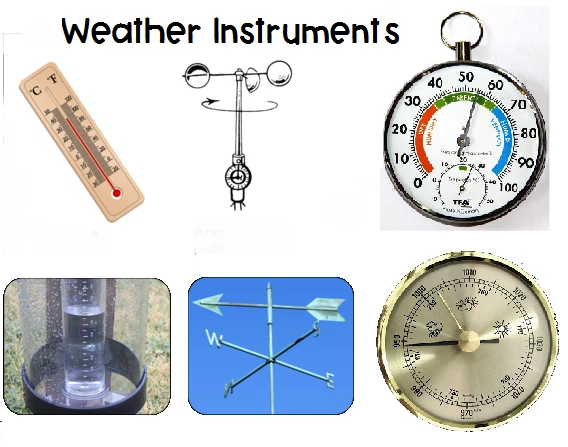The Instruments of the Weather

# The Instruments of the Weather
## Understanding Weather Measurement Tools
Weather plays a crucial role in our daily lives, and understanding it requires specialized instruments. Meteorologists use a variety of tools to measure different aspects of the weather, helping us predict storms, plan outdoor activities, and study climate patterns.
### Thermometers: Measuring Temperature
The most basic weather instrument is the thermometer. These devices measure air temperature in degrees Celsius or Fahrenheit. Modern digital thermometers provide quick and accurate readings, while traditional mercury thermometers are still used in some applications.
### Barometers: Tracking Atmospheric Pressure
Barometers measure atmospheric pressure, which helps predict weather changes. A sudden drop in pressure often indicates approaching storms. There are two main types:
– Mercury barometers
– Aneroid barometers
### Anemometers: Gauging Wind Speed
Wind speed is measured using anemometers. The most common type has three or four cups that rotate in the wind, with the rotation speed corresponding to wind velocity. Some advanced models also measure wind direction.
## Precipitation Measurement Tools
### Rain Gauges
These simple but effective instruments measure the amount of liquid precipitation over a set period. They come in various designs:
– Standard cylindrical gauges
– Tipping bucket gauges
– Weighing precipitation gauges
### Snow Measurement Tools
For snowy regions, special instruments like snow gauges and snow pillows help measure snowfall and snow water equivalent.
## Advanced Weather Instruments
### Weather Satellites
Modern meteorology relies heavily on weather satellites that provide:
– Cloud cover images
– Temperature profiles
– Storm tracking capabilities
– Global weather patterns
### Weather Radars
Doppler radar systems detect precipitation and can measure its motion, helping to predict severe weather events like tornadoes and hurricanes.
## The Importance of Weather Instruments
These instruments collectively form our weather monitoring network, providing data for:
– Daily weather forecasts
– Severe weather warnings
– Climate change research
– Agricultural planning
– Aviation safety
Without these tools, our understanding of weather patterns and our ability to predict dangerous conditions would be severely limited. As technology advances, weather instruments continue to improve in accuracy and capability, helping us better understand our planet’s complex atmospheric systems.
Keyword: instruments of the weather